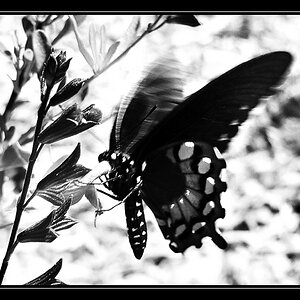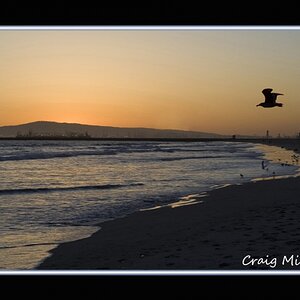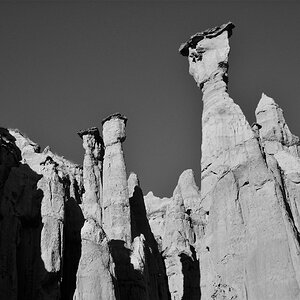Stradawhovious
Been spending a lot of time on here!
- Joined
- Nov 8, 2010
- Messages
- 3,241
- Reaction score
- 911
- Location
- Minneapolis, MN
- Can others edit my Photos
- Photos OK to edit
Well, after the (unsurprising) response to my frozen waterfall thread, it has become painfully clear that I have a ways to go in the world of OCF. The fact that I didn't even bother to try to take the flash off the camera in that series is now painfully disheartening.
Don't get me wrong, I understand the basic idea, and indoors, in a generic sized room in a house, I'm all over it. I can (reasonably well) figure out where to put the flash, and use it. The problem comes in places that are a little different. In the case of the waterfall pics, I didn't even bother taking the flash out of the hotshoe since I would have no idea what to to with it in that venue.
For example.. the frozen falls pics, or a church, or an outdoor venue, or a dress rehersal for a play, or a rock climing wall or etc. etc. etc. What to do there?
How are some of you able to look at these scenarios and say "well, I will put a strobe there, there and there....." and be reasonably assured of your results?
I realize that there is a little tweaking involved in everything, and some of it has to do with trial and error, but I would like to think that there is an online resource or book that some of you have learned a bit from as far as how to read a scene for lighting.... I will be taking a class later this month, but I'm pretty sure that it will be the very basics and not much more. And before someone recommends it, I do frequent the "Strobists" post here.
Any input is valuable.
Don't get me wrong, I understand the basic idea, and indoors, in a generic sized room in a house, I'm all over it. I can (reasonably well) figure out where to put the flash, and use it. The problem comes in places that are a little different. In the case of the waterfall pics, I didn't even bother taking the flash out of the hotshoe since I would have no idea what to to with it in that venue.
For example.. the frozen falls pics, or a church, or an outdoor venue, or a dress rehersal for a play, or a rock climing wall or etc. etc. etc. What to do there?
How are some of you able to look at these scenarios and say "well, I will put a strobe there, there and there....." and be reasonably assured of your results?
I realize that there is a little tweaking involved in everything, and some of it has to do with trial and error, but I would like to think that there is an online resource or book that some of you have learned a bit from as far as how to read a scene for lighting.... I will be taking a class later this month, but I'm pretty sure that it will be the very basics and not much more. And before someone recommends it, I do frequent the "Strobists" post here.
Any input is valuable.



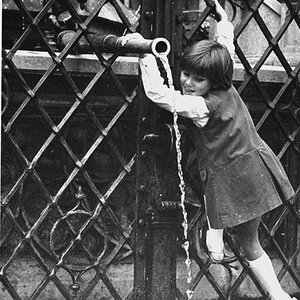
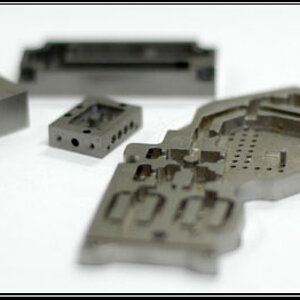
![[No title]](/data/xfmg/thumbnail/42/42475-965e641fd6a3f72e60d9f555233b0aab.jpg?1619740194)
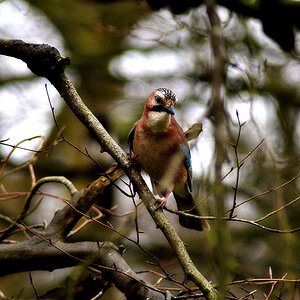

![[No title]](/data/xfmg/thumbnail/32/32703-dc864e762c9e91088156fdcab4aeea33.jpg?1619735606)
![[No title]](/data/xfmg/thumbnail/37/37490-9848752f4de5e403f7f20db193e0fb64.jpg?1619738111)
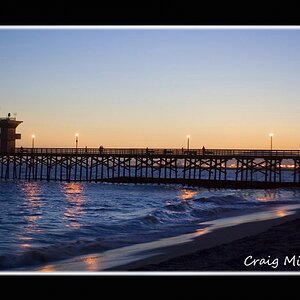
![[No title]](/data/xfmg/thumbnail/37/37489-27b092c23ed6ad63eee4cd03f96a311a.jpg?1619738111)
